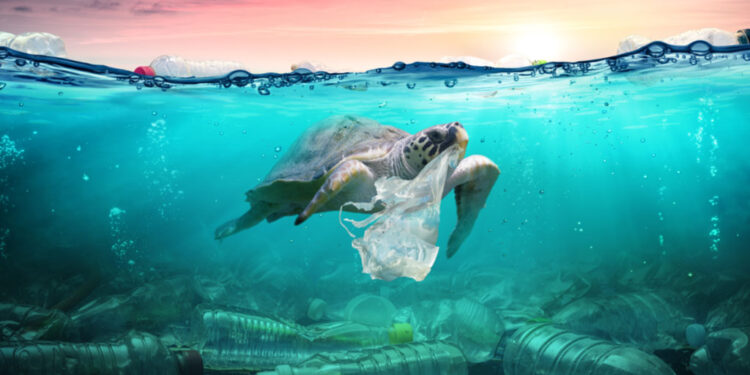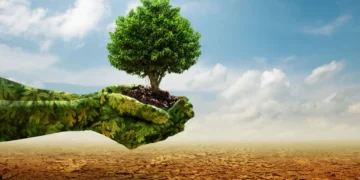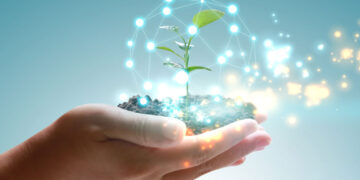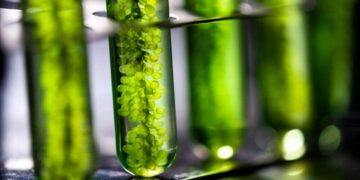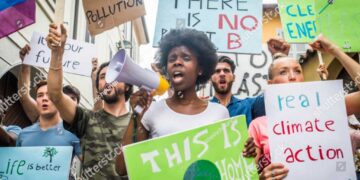Plastics. The material of a thousand uses. The man-made creation fueled industries and economies. The most polluting product of man. It’s everywhere. Quite literally everywhere. It’s not only at the bottom of the planet’s oceans, in our forests, in our environment, but in ourselves as well.
When you use a plastic water bottle and carelessly throw it during your hike because you can’t be bothered to carry it all the way back empty, even if you carried it all the way up full, doesn’t just disappear in a day. It doesn’t even disappear in a year, or ten. The natural environment has a really hard time decomposing this man-made material that’s plaguing our world making one wonder, are we living on the Blue Planet or the Plastic Planet?
We don’t have the luxury to disregard plastics and their impact on the planet. We created that problem and we need to fix it. Similarly, the US built a dome to hold the atomic waste resulting from nuclear bomb testings in the Marshal Islands and then left it there. Still, ignoring something doesn’t make it go away. Now that dome is leaking and something needs to be done to solve the problem ocean waters are expected to rise and the water level is already too close for comfort and the concrete dome is cracked.
I fail to comprehend how radioactive waste leaks can be ignored and considered not-dangerous even if we overlook the fact that ocean waters are rising and the dome will likely be underwater in a few years if we’re unlucky enough. We can no longer ignore the problems we created as tons of plastic are floating around in the planetary oceans or our bodies and toxic waste can affect entire ecosystems that we all depend on for survival.
Plastic Pollution in the Environment
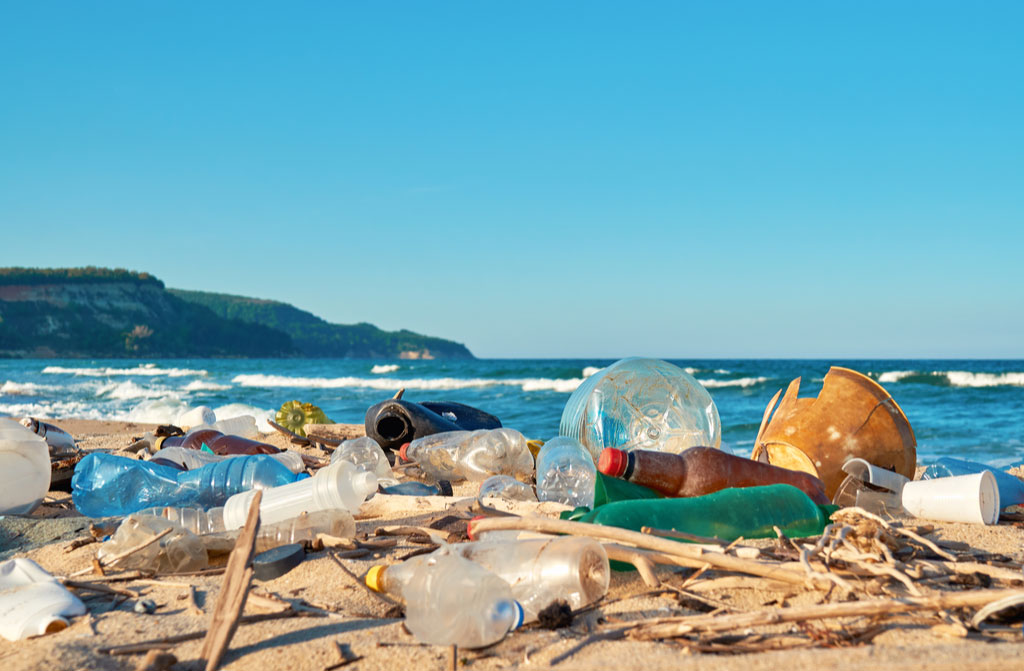
Ever since plastics were invented as a form of synthetic human-made alternative materials to naturally sourced biological materials, we managed to make so much of it, that soon enough there will be more plastic in our oceans than fish. So far, over 8.3 billion tons of plastics were produced and less than 9% of all of that was recycled. The reason behind that is the fact that only a small fraction of the plastics produced can be recycled. So, it’s safe to say that recycling isn’t the best option. It’s actually the last thing we should think about when it comes to waste management.
The environment is a fairly resistant eco-system as it managed to bounce back from previous extinction events, five that have already come to pass, but the sixth one may not be as easy to overcome for the planet. While other extinction events were caused by movements in the earth’s subcontinental plateau, volcanic eruptions, and meteorites crashing into the earth, the sixth one that we are experiencing now is caused by the dramatic and accelerated evolution of one species. Modern humans. In other words, us.
Loss of biodiversity can be seen throughout the planet’s eco-systems as humans impacted climate change throughout the industrial revolution and the introduction of invasive species in other habitats than their original environment. The world’s biodiversity is decreasing at a much faster pace than normal and we depend on this global ecosystem to survive.
How long does Plastic Stay in the Environment?
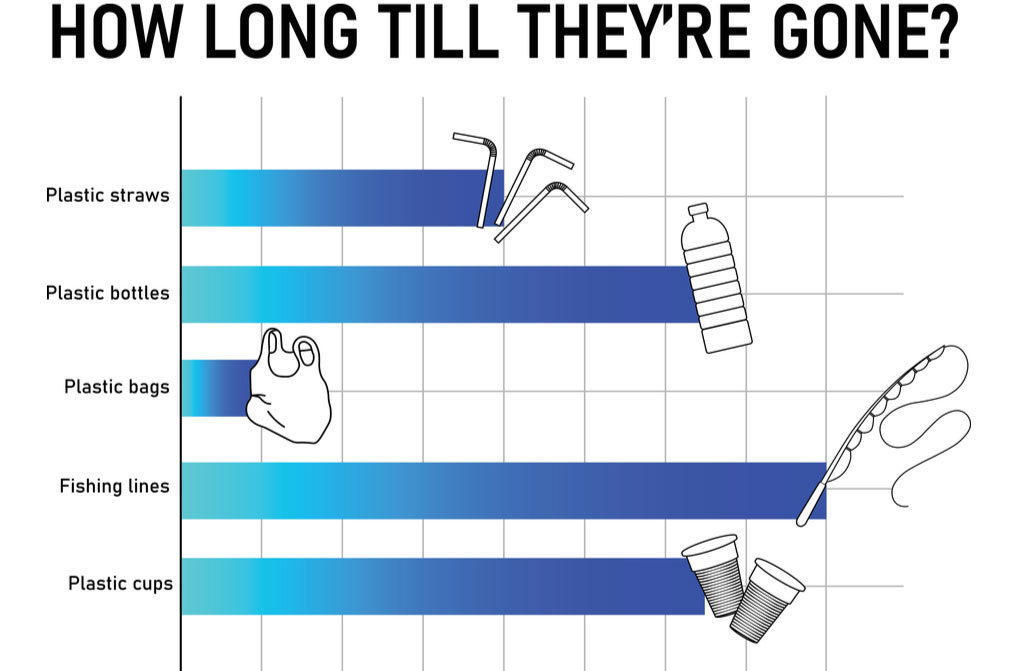
Since we invented plastic and because we haven’t stopped making more of it even once we realized how incredibly polluting it is, plastic pollution became one of the main environmental issues we are directly responsible for. There’s no reason to blame one country or another saying that less developed nations have a low recycling rate, but let’s look at some numbers.
While China is number one with over 60 million tons of plastic back in 2010, the US comes in second with over 38 million tons of plastic waste in 2010. However, the US, together with Canada and UK are known for exporting plastic waste to third-world countries which are less equipped to manage it properly. The least polluting continent is Africa, followed by Europe. Still, when we consider how much plastic waste is generated by each country per capita, the US comes in at number one with around 230 pounds per year. The UK comes in second with 218 pounds, but China, the so-called biggest polluter is at number 19 with 35 pounds.
Now, from all of that plastic waste, plastic bags are the easiest to degrade in the environment and can last for up to 20 years. Take-away coffee cups actually look like they’re made out of paper but they actually have a plastic membrane that’s coated with chemicals and take as long as 30 years to degrade. Plastic straws only decompose in 200 years while six-pack plastic rings last for up to 400 years. Your everyday plastic bottle lasts in the environment for up to 450 years, the same as plastic cups. However, the longest-lasting plastics in the environment, that’s a daily used plastic for humans come from disposable diapers, coffee pods, and plastic toothbrushes, and last for up to 500 years.
Negative Effects of Plastic on the Environment
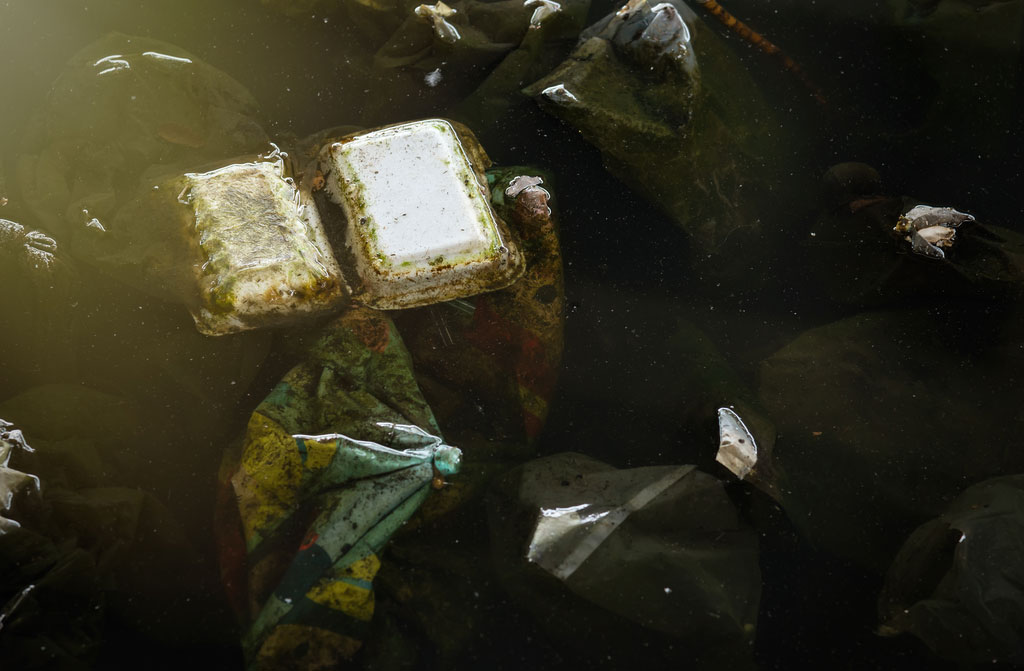
We’ll take a look at the commonly used plastics that we mentioned above and see how the negative effects of plastic in the environment are felt by animal and plant life. Firstly, plastic bags that make up only a small percentage of our global litter impact ocean wildlife greatly as they break up into smaller pieces, devastating wildlife. They get ingested and eaten by various marine lifeforms and wind up in our food chain and on our plates. The same happens with takeaway coffee cups.
Plastic straws and six-pack plastic rings also have a negative impact on the environment as I’m sure you heard that we should stop using plastic straws to save the turtles. Still, turtles are only one species of marine life that’s affected by these types of plastics and we can add fishnets to that group as well. Marine life and birds get tangled up in six-pack plastic rings, get strangled, or become entangled in them making them unable to move, breathe or swim away from other marine predators that eat them and then wind up on our plate.
Plastic cups and bottles take a lot more time to degrade but pollute waterways across the planet and wind up releasing toxic chemicals into the environment over time. That process slowly breaks them apart and they are mistaken for smaller fish, getting eaten by vulnerable marine wildlife.
In the last group, we’ll take them in turn. Disposable diapers contaminate groundwater and become a toxic threat to the environment. Coffee pods released toxic methane gases as they slowly breakdown over 500 years. Plastic toothbrushes also become hazardous toxic polluters as they slowly break down in the environment.
Plastic Contamination in the Human Body
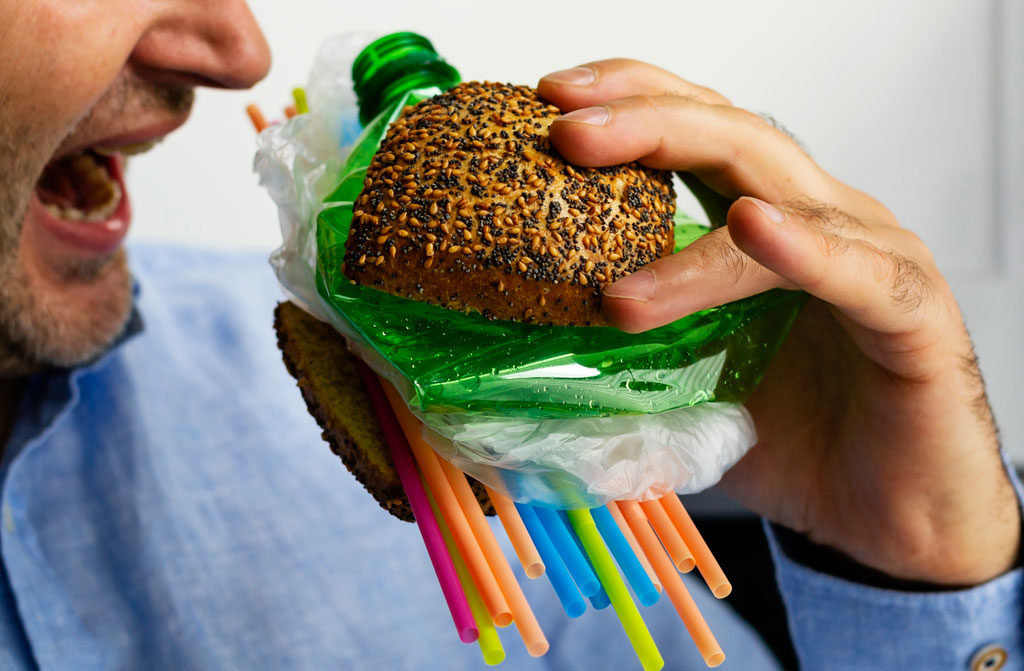
As we created a world in which we are surrounded by plastics without stopping for a second to think of the potential risks we may be facing, now that scientists have discovered that plastics can actually get into our bodies, let’s figure out how it can affect us. After all, it’s better to know later than never. It would have been better to know before we went and made everything out of plastic, but hey, we can’t turn back time.
So, when toxicologist Profesor doctor Dick Vethaak said that “we are dealing with human health issues” when it comes to plastic, let’s see exactly what he meant. We already covered that plastics transform into microplastics as they degrade in the environment, breaking down into smaller and smaller pieces. These microplastics are what can lead to plastic contamination in the human body and are what we have to worry about. But don’t forget, microplastics come from normal-sized plastics. You know, like cups, and toothbrushes and bags and straws, but I digress.
There are three pathways through which plastics can affect our health:
- Direct Microplastics Exposure
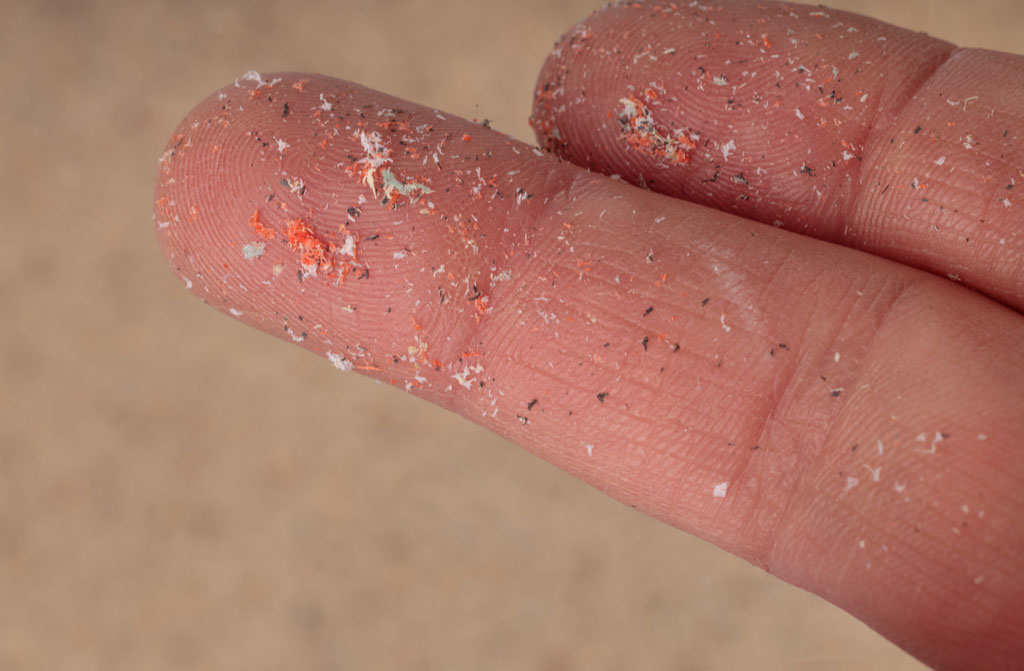
We don’t want to completely startle you but we all eat, drink and breathe in microplastics every day. These microplastics are a part of, not only the global environment but our home environment as well. Plastics can be a part of your furniture, your kitchen utensils, and appliances, your wardrobe, or your rugs. Once these plastics are in your home they can release microplastics into the environment and you can inhale them. They can come with your groceries and you eat them. Drinks that come in plastic bottles can become contaminated with them and you drink them. They wind up into our organisms and can cause serious health risks like cancers, infertility, liver damage, or other problems.
- Indirect Pathogen Exposure
Some of these microplastics come from plastics that have degraded into the environment. Once the environment finishes decomposing these plastics into the blood cell-sized microplastics, these microplastics attract micro-organisms like harmful bacteria. These too can get into our bodies by entering our food chain. Small marine organisms eat them, plankton eats those, fish eat plankton and we eat fish. These pathogen-contaminated microplastics can come with extra risks to our health. We won’t only get sick from the microplastics that we ingest, but also from these micro-organisms or pathogens that come with them.
- Chemical Additives
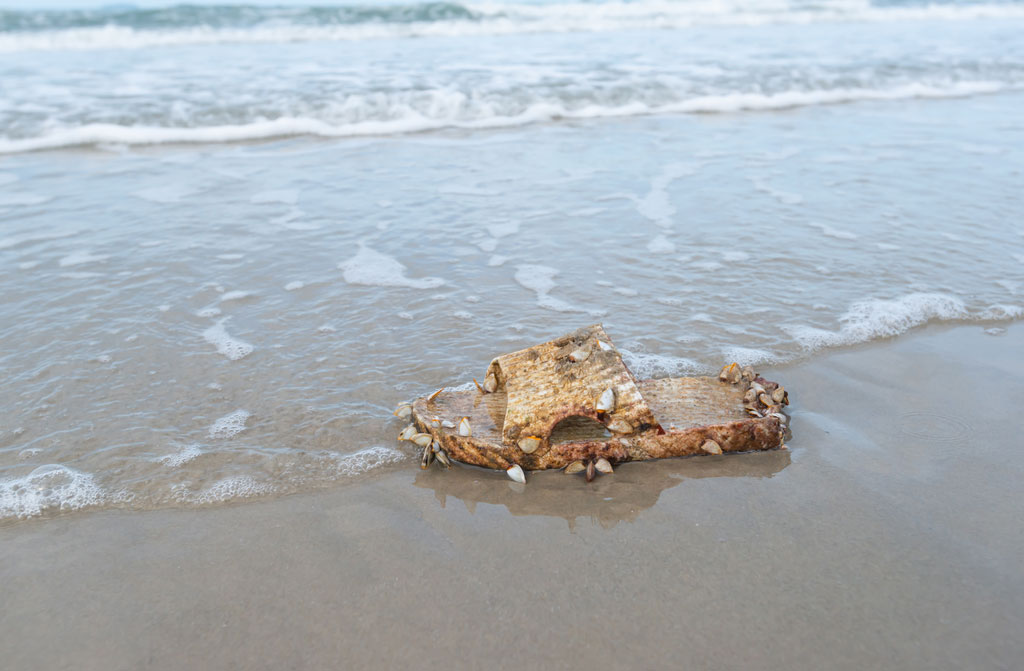
Plastics rarely come into our bodies in their pure plastic form. What we mean to say is that in order for all those types of plastics to exist, several chemicals had been combined and included in the plastics, and those also get into our bodies along with the microplastics. A number of those chemicals are considered highly toxic and should under no circumstances get into the human body or any other living organism for that matter. Unfortunately, that can not be guaranteed and, for instance, PFAS chemicals are known to easily make their way into our food and our bodies leading to high global contamination with these so-called “forever chemicals”. Hormone-related issues, along with cancers, fertility problems, neurodevelopmental disorders like ADHD and autism have been linked to those and other chemicals.
Conclusion
The war between plastics and the world is a silent one but might become a visceral one as more studies are conducted on the subject. What we need to do without any hesitation, excuses, or postponing is to stop the use of fossil fuels. And I mean RIGHT NOW!!! This isn’t a game, it isn’t about comfort or ease of production. This is our lives we’re risking for something that we can and should be living without.
As we managed to come up with alternative solutions for everything that used to rely on other resources before plastics, we can find something else. It doesn’t have to be synthetic as synthetic materials tend to be incredibly polluting, but this transition needs to happen now. Stop using plastic wherever possible and we’ll see where we go from there.


